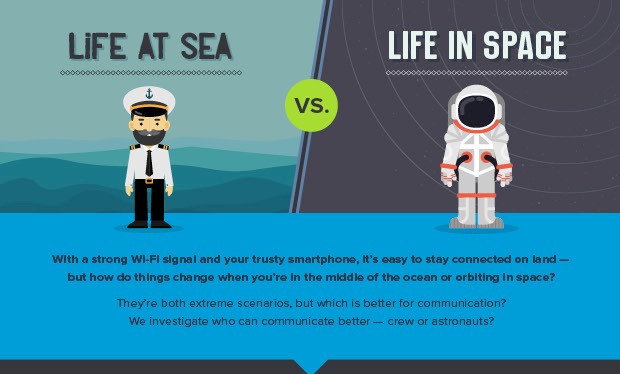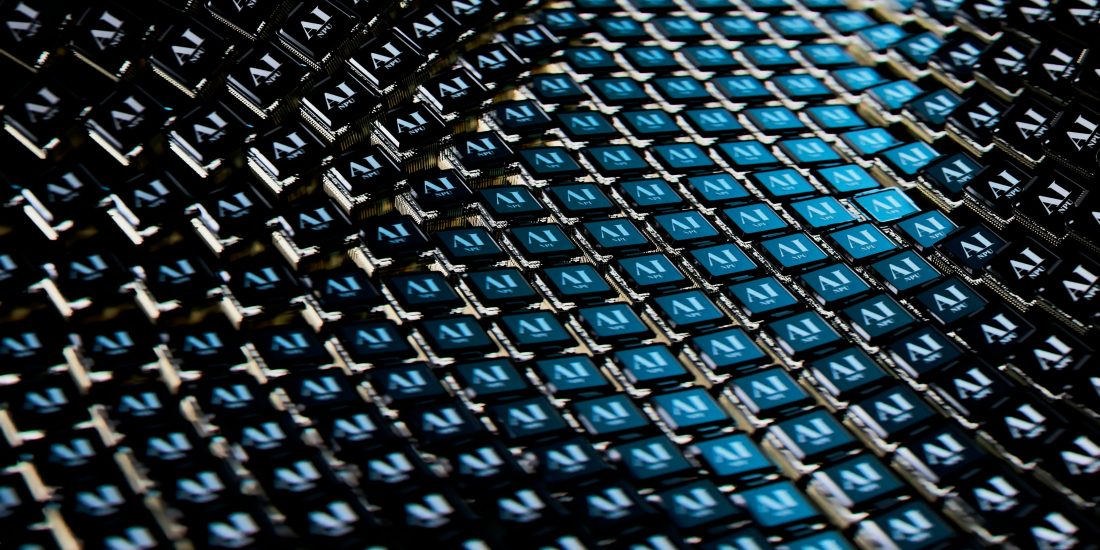
Who can communicate better – crews or astronauts?
With a strong WiFi signal and a trusty smartphone, it’s easy to stay connected on land, but how do things change when you’re in the middle of the ocean or orbiting in space? They’re both extreme scenarios, but which is better for communication? Who can communicate better – crews or astronauts?
Since I’m always interested to learn how technology is helping people survive in different environment, I wanted to share with you a great infographic which sheds some light on the question. As a leading provider of navigational products and services, Global Navigation Solutions has performed some really interesting research into what life is like living at sea compared to what life is like living in space and the results are fascinating.
Using findings from the 2015 Crew Connectivity Survey and sources such as NASA and The Atlantic, the piece details just how well connected sailors are. It takes a close look at the communication services that are provided, as well as the limiting factors that impact accessibility, making a direct comparison to the services available in space.
Here are some key findings:
- 35% of seafarers only have access to crew communications sometimes. 7% have never had access while on-board. While this may seem a small percentage, it equates to 103,000 global seafarers who have no way of contacting loved ones
- Just 36% of seafarers can access crew communications in their cabin — this is the only place crew members can communicate privately
- Only 43% of crew members have internet access on sea
- Only 4% of crew members have access to SMS messaging
- Expedition 22’s Flight Engineer, T.J. Creamer was the first to use the intergalactic internet, posting the following tweet: “Hello Twitterverse! We r now LIVE tweeting from the International Space Station – the 1st live tweet from Space! 🙂 More soon, send your ?s”
- When an astronaut in space clicks a link, the request travels 22,000 miles to a network of geosynchronous satellites. This is passed to a receiver on the ground before being passed back to the astronaut’s laptop or tablet
So, who has the better deal in terms of communication? Check out the infographic below and find out.





